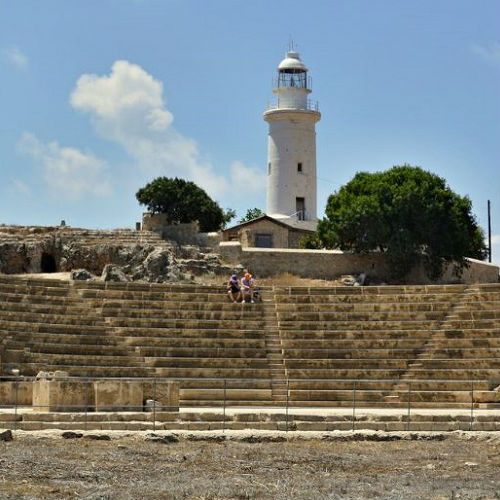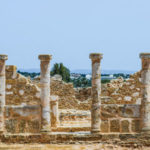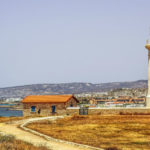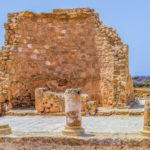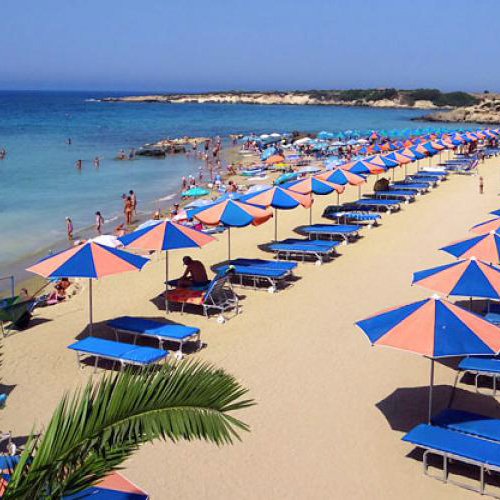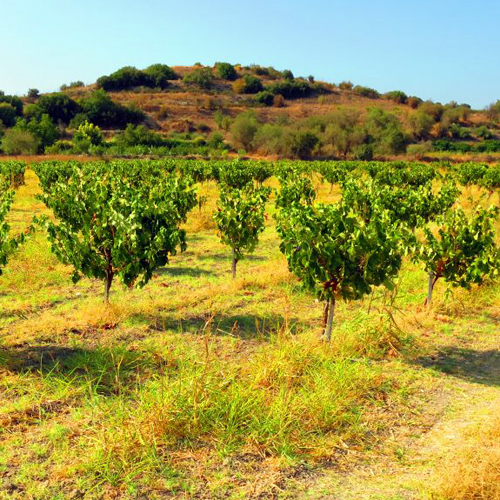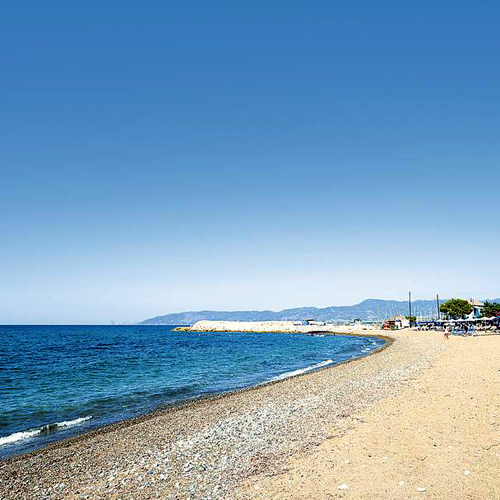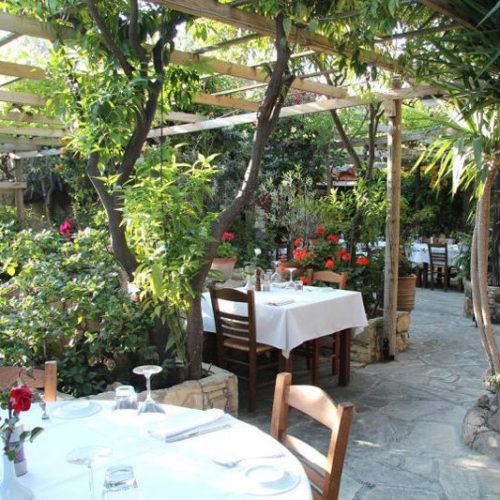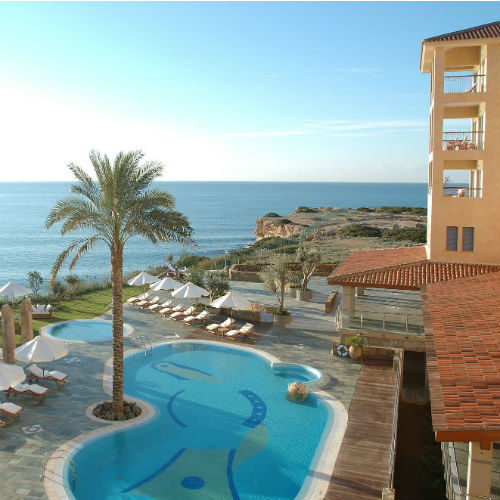Overview
The Archaeological Park in the heart of downtown Kato Paphos is one of the most important cultural heritage sites of Cyprus and was also listed as a UNESCO World Heritage Site in 1980. While remains date from prehistoric times to the Middle Ages, the most interesting and impressive of them date from the Roman period.
Discovered in four Roman villas—namely, the Houses of Dionysos, Theseus, Aion and Orpheus—are intricate, well-preserved mosaic floors that depict various scenes from Greek mythology, including mythological characters, animals and decorative floral details. These lifelike mosaics form the impressive epicentre of the archaeological park.
The House of Dionysos is perhaps one of the most impressive houses of the park. The exceptionally rich villa occupies 2000 sq. m of which 556 are covered with mosaic floors decorated with mythological, vintage and hunting scenes. Its is named after the god Dionysos who is featured on several of the mosaics. Its rooms are arranged around a central courtyard (atrium) which functioned as the core of the house. It was built at the end of the 2nd century AD and was destroyed and abandoned after prominent earthquakes that took place in the 4th century AD. On location, there is also a Hellenistic pebble mosaic which represents the mythical sea-monster known as Scylla dating from an earlier villa of the 3rd c. BC.
The complex also includes other important monuments, such as the Asklepieion, the Odeon, the Agora, the Saranta Kolones (Forty Columns) Castle, the Limeniotissa ruins of an early Christian basilica, and a necropolis known as the Tombs of the Kings.
At the end of the fourth century BCE, Nicocles, the last king of Palaipaphos (the ancient city of Paphos), moved the city from its previous location to its present one near the Paphos harbour. Between the second century BCE and the fourth century CE, Paphos was the capital city of Cyprus.
The park which is still under excavation today is at a walking distance from the impressive Paphos Castle.

